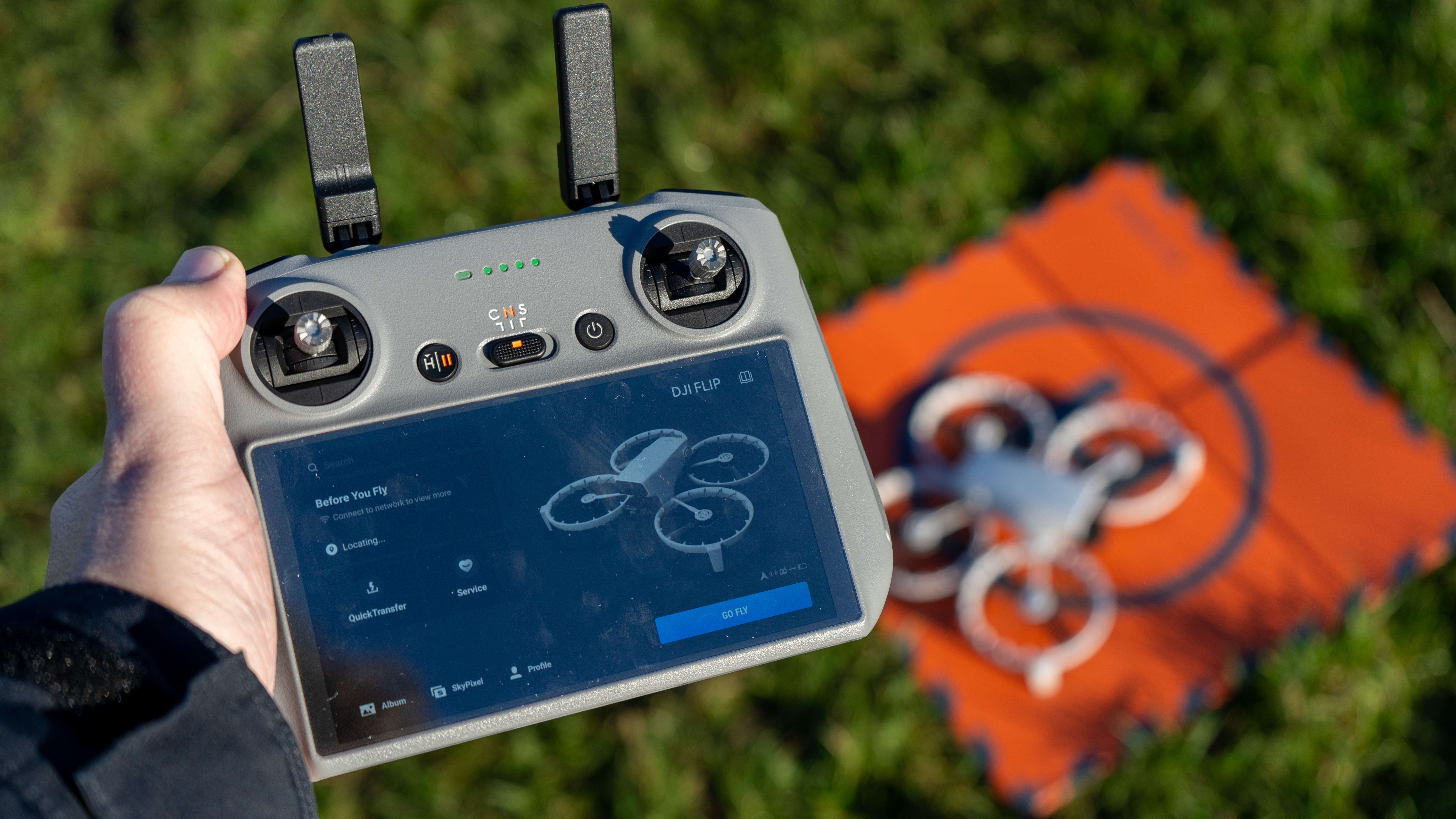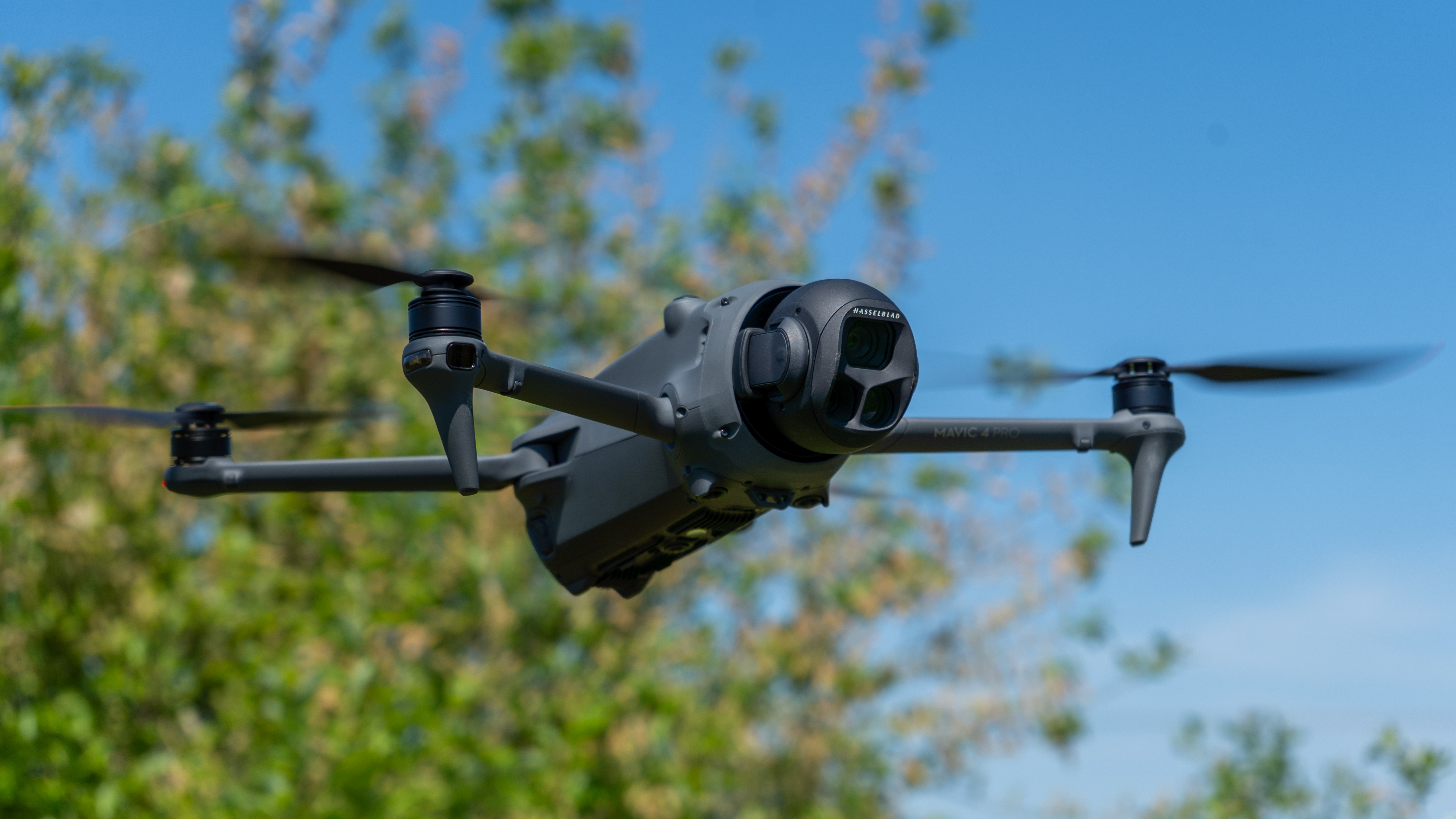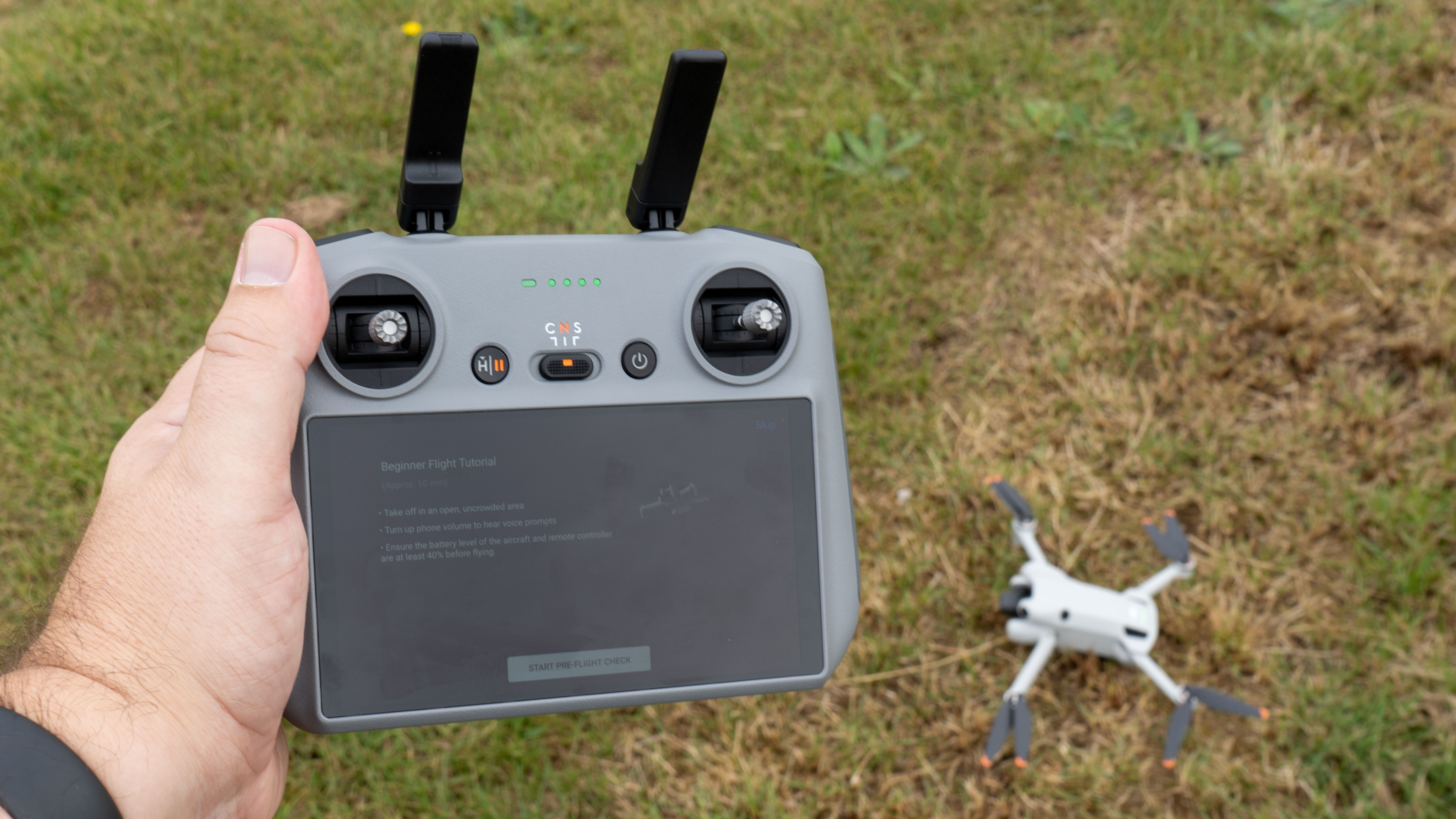I read Trump’s new drone orders so you don’t have to – these 5 changes could seriously impact aerial photo and video
A new set of executive orders from President Trump could enhance geofencing, allow flight beyond a line of sight and use AI to expedite flight waivers

Drone flight in the United States could be poised at the edge of several key legislation changes, following a set of executive orders announced by President Donald Trump on June 06. On Friday the president announced three executive orders, with two of those orders centering on drone flight and the third on supersonic flight.
The orders, named Restoring American Airspace Sovereignty and Unleashing Drone Dominance, could signal key changes for drone flights in the US, including allowing flights beyond the line of sight and expanding law enforcement agencies' access to remote ID pilot data.
The executive orders themselves are not law but kickstart the process that could result in future changes to legislation, instructing key players to submit proposals and changes within a set amount of days.
While many of the requests outlined in the executive orders focus on public safety and drone manufacturing, many of the proposed changes could have a significant impact on aerial photographers and videographers. As an American Part 107 licensed drone pilot, these are the proposals inside the new orders that I think could affect aerial artists the most.
1. Make temporary flight restrictions part of drone geofencing

Geofencing technology helps pilots avoid accidentally breaking the law by preventing drones from flying into restricted areas, such as airports. However, geofencing technology traditionally relies only on the drone restrictions that are always in place and doesn’t traditionally use flight restrictions that could be imposed due to temporary hazards.
One of the executive orders, however, asks for the two tools the FAA uses to announce short-term flight hazards to be presented in a format that could easily be used in geofencing. This includes both Temporary Flight Restrictions (TFRs) and Notices to Airmen (NOTAMs).
The executive order asks for the change to be made within 180 days and notes that the geofencing compatibility is a supplement, not a replacement for the current distribution of the notices and restrictions.
The best camera deals, reviews, product advice, and unmissable photography news, direct to your inbox!
2. Provide drone identification signals to law enforcement, including potentially “private critical infrastructure owners”

Within 60 days, the executive order asks the FAA Administrator to provide automated real-time access to the remote identification signals of drone pilots to “appropriate executive departments.”
This section of the order – section seven of the Restoring American Airspace Sovereignty – asks the FAA to make remote drone IDs accessible to certain agencies in order to enforce both federal or state laws. The order notes that this data should be provided only “to the extent permitted by law,” including the Privacy Act of 1974.
Currently, only the FAA can enforce FAA regulations. But, state and local laws are enforceable by local law enforcement agencies, including laws for reckless endangerment.
The order, however, also asks the Secretary of Homeland Security and the FAA Administrator to publish guidance on providing “private critical infrastructure owners or operators in employing technologies to detect, track, and identify drone signals.”
The guidance would presumably give privately owned infrastructure, like that used in energy, transportation, and healthcare, instructions on recognizing potential drone threats.
Remote ID is already visible to anyone with the proper equipment to read the signals.
3. Kickstarts a potential law allowing for operating drones beyond a visual line of sight

The executive order asks the FAA Administrator to share proposed legislation for operating Beyond Visual Line of Sight (BVLOS) within 30 days and a final rule within 240 days. Currently, drone pilots and teams must be able to physically see the drone at all times, with a few exceptions, such as a waiver from the FAA.
As just a request for new guidance, it’s unclear at this stage what requirements the FAA may place on pilots flying beyond the line of sight, but it kickstarts the process. The 240-day deadline would place the final law proposal due by February 01 2026.
4. Use AI to speed up the process of commercial drone flight waivers

Artificial intelligence could soon help speed up the process of applying for waivers, under the guidance of the new executive orders. Certain commercial drone flights, such as flying over an airport, require a waiver from the FAA.
The FAA currently recommends pilots submit the waiver 90 days before the flight time. However, with flights dependent on weather conditions, the long lead time can present a challenge for drone pilots.
The order asks the FAA Administrator to implement AI tools to “assist and expedite” the UAS waiver applications. That guidance includes using AI to recognize certain categories with enough safety data to warrant potentially eliminating the need for a waiver in some circumstances.
5. Prioritizes American-made drones
Finally, one of the executive orders also aims to prioritize US-made drones, particularly among federal agencies. The order also asks the Secretary of Commerce for proposed rulemaking “to ensure that vital components remain under American control and free from national security risks,” requesting that guidance come within 90 days.
The order also asks for the Federal Acquisition Security Council to publish a Covered Foreign Entity List to identify companies that “pose supply chain risks.”
The order does not outright ban China-made drones – a fear among American drone pilots, as companies such as DJI and Autel have faced increased scrutiny over their country of origin – but the order does add increased scrutiny.
In response, a representative from DJI applauded the administration’s efforts in expanding BVOLS laws and broadening the adoption of Remote ID. “DJI also welcomes and embraces opportunities to demonstrate our privacy controls and security features,” a representative of the company wrote in a statement.
“We stand ready to cooperate with any rulemaking processes or investigations. Our position in the industry reflects early innovation and sustained investment in R&D, safety, and security. Our drones feature robust security protocols, are subject to independent audits, and offer industry-leading data privacy controls. As such, DJI believes our products can stand up to any scrutiny.”
DJI said that its drones employ safety features that “we believe should be industry standards,” the company said. “DJI users can choose not to share data, operate fully offline, deploy on their own private networks, and/or use trusted US or European software alternatives to DJI’s own, giving them added control over their data and operations.”
DJI concluded its official statement by saying that it looks forward to engaging with the appropriate government authorities, as the company is still required to pass a national security review before the end of 2025.
Along with the measures that directly affect drone pilots, the executive orders included other directions, including establishing counter-UAS operational responses to counter-terrorism, looking specifically at the World Cup 2026 and the 2028 Summer Olympics, two large events that will be held in the US.
You may also like…
Browse the best drones for photography or the best drones for beginners.

With more than a decade of experience writing about cameras and technology, Hillary K. Grigonis leads the US coverage for Digital Camera World. Her work has appeared in Business Insider, Digital Trends, Pocket-lint, Rangefinder, The Phoblographer, and more. Her wedding and portrait photography favors a journalistic style. She’s a former Nikon shooter and a current Fujifilm user, but has tested a wide range of cameras and lenses across multiple brands. Hillary is also a licensed drone pilot.
You must confirm your public display name before commenting
Please logout and then login again, you will then be prompted to enter your display name.
